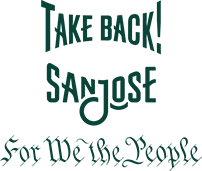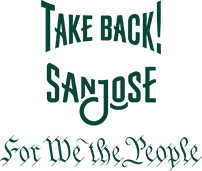The Cato Institute team parses outcomes from California’s and Utah’s Housing First policies, and wonders why pols keep pouring taxpayer funds into initiatives that have only seen elevated homelessness rates. Between 2016 and 2022, for instance, CA’s rose by 93%—so really, what’s stopping us from moving on to alternate, data-evidenced approaches like requiring sobriety?
Unfortunately, in Utah, the original “Housing First†state, data indicates that chronic homelessness and overall homelessness have grown significantly two decades after policy implementation.
California is another state that put Housing First at the center of its homeless policy response, and the state provides another case study. California began its foray into Housing First policy when San Francisco implemented a policy based on Housing First principles called “Care not Cash.†Then-County Supervisor Gavin Newsom pushed the policy, which diverted funding away from cash benefits for the homeless and towards building permanent housing and shelters.
Then, in 2016, California adopted Housing First statewide. As a result, California now requires any stateâ€funded homeless program to abide by the principles of Housing First, including allowing tenants to stay housed regardless of substance use. Governor Newsom revamped these efforts in 2020 with the introduction of Project Homekey, a program that aims to convert existing buildings into permanent supportive housing.
These efforts have proven expensive, and California has spent $3.7 billion on the Homekey program since announcing it in 2020. Cities are spending millions of their own money as well: San Diego spent over $62 million on permanent supportive housing between 2010 and 2018, significantly more than the $30 million it spent in that same period on homeless shelters.
However, despite the significant funding commitment, California’s chronically homeless and homeless population continues to grow. Chronic homelessness in California fell by 51 percent between 2005 and 2016 (see Figure 1), but the trend reversed after 2016, the year Housing First was implemented statewide. Between 2016 and 2022, chronic homelessness increased by 93 percent, reaching levels not seen since 2005.
This article originally appeared in the Cato Institute. Read the whole thing here.
Read more on Housing First here.
Original Opinion for Opportunity Now.

